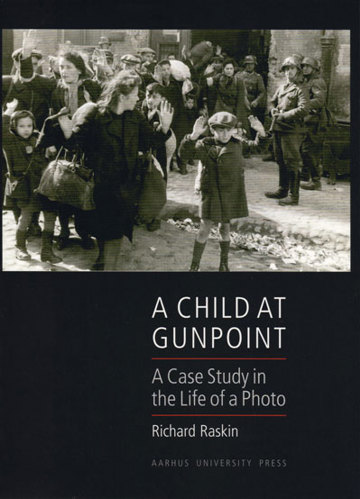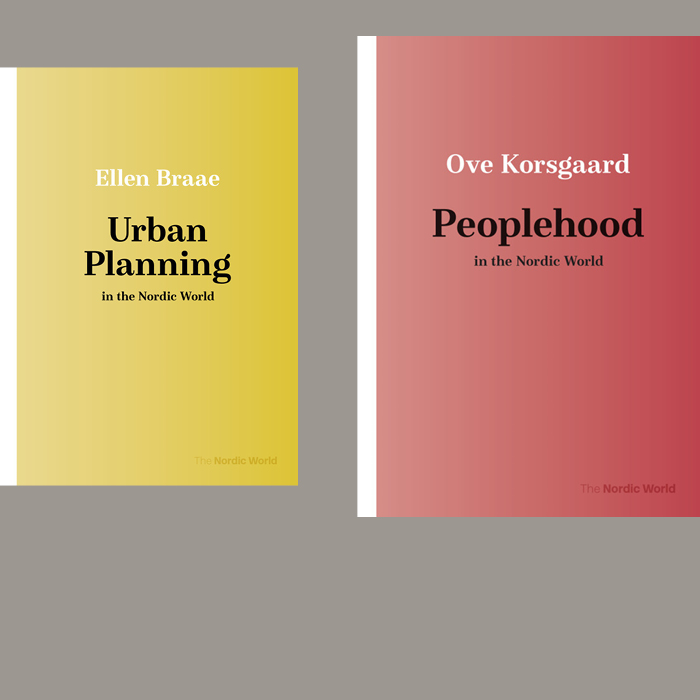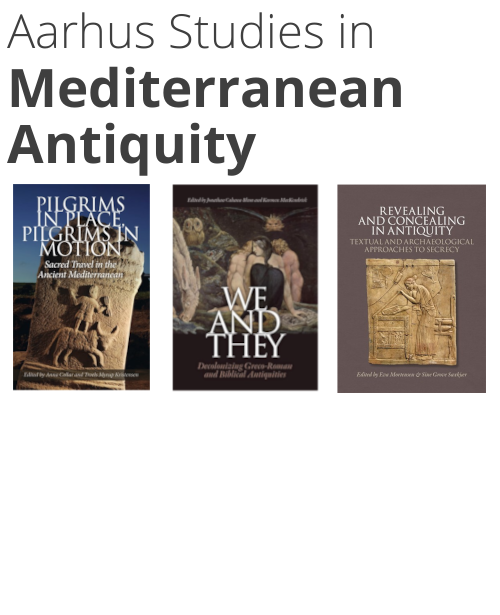
A Child at Gunpoint
A Case Study in the Life of a Photo
A part of the subject area History
More about the book
About the book
Widely regarded as the most haunting image we have of the Holocaust, the photo of a young boy with his hands up being driven from the Warsaw ghetto has served as a touchstone for everyone from the Nuremberg prosecutors to Elie Wiesel, and from Susan Sontag to revisionist ranters on the web. Yet despite its enduring status in both popular and academic circles, this touchstone of inhumanity has elicited surprisingly little sustained commentary.
In this book, Richard Raskin provides the first extended consideration of this photo by examining it from multiple perspectives. He begins by attempting to describe it objectively as a photographic artefact, carefully detailing its components and composition. He then presents a history of how it came about: to illustrate a report that SS General Jürgen Stroop compiled in 1943, documenting for Himmler how he had crushed the ghetto uprising that spring.
In his subsequent discussion, Raskin draws extensively on the statements of SS officials to shed light on how they experienced their genocidal project, and what the photograph likely meant to those who took it and selected it for the Stroop Report. The next chapter is devoted to the claims made for the identity of the boy with his hands up, as well as for the other captives and the SS man with the machine gun.
Clearly and movingly written, A Child at Gunpoint will engage the general reader as well as specialists in photography, Holocaust studies, Judaica and World War II. Highly recommended for libraries.




